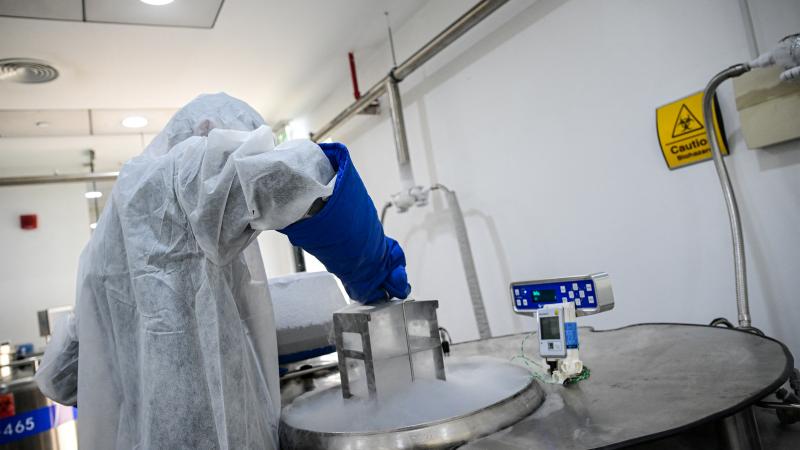In major breakthrough, scientists announce detection of elusive solar particles produced by fusion
Theory was first postulated in 1930s
Scientists this week announced the landmark detection of elusive particles generated from the fusion of hydrogen in the Sun, confirming a nearly-100-year-old theory about the ways in which many stars generate energy.
In a paper published in Nature, a team of researchers called the Borexino Collaboration reported detecting the presence of neutrinos produced during the carbon–nitrogen–oxygen cycle of fusion deep within the Sun.
The scientists stated that the energy produced in the CNO cycle represents just a small fraction of the total energy output of our Sun, but “in massive stars, this is the dominant process of energy production.”
“This work provides experimental evidence of the primary mechanism for the stellar conversion of hydrogen into helium in the Universe,” the paper states.
That detection was made “using the highly radiopure, large-volume, liquid-scintillator detector of Borexino, an experiment located at the underground Laboratori Nazionali del Gran Sasso in Italy,” the paper reports.
Recent technological improves to the detector allowed the scientists to more accurately detect the neutrinos in question.
















